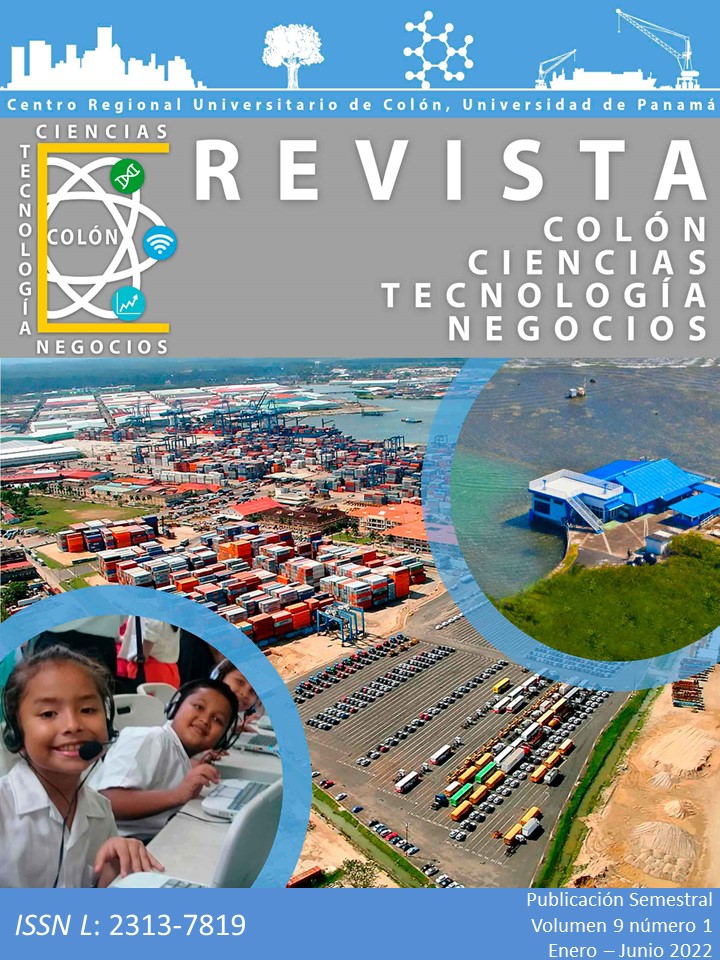

The exponential advance of digital technologies allows the immediate and real-time interconnection of billions of users, both human and machine, in a worldwide digital system. Although the network is global, it does not reach all corners of the planet, nor does it cover all users at the same time. These are latency phenomena of data transmission and connections as a product of different causes from geographical, through social to technological, which find partial solution in different applications and software developments either complementary to systems or independent. One of these solutions are delay tolerant networks whose implementation solves latency problems, data delay and differences in architectures and programming languages, thus minimizing losses in terms of data, time, and resources. This is documentary research on the network, descriptive of the conditions in which digital data are transmitted and how these conditions are present in Panama. The objective was to determine the geographical and structural characteristics of the country as well as the location of the infrastructure and its virtual campuses, to support the need for the implementation of delay tolerant network technologies in their platforms and systems. The main conclusion is that the country's virtual university systems present the natural, infrastructural, and social conditions for DTNs to serve as a tool to achieve effective and quality connectivity.